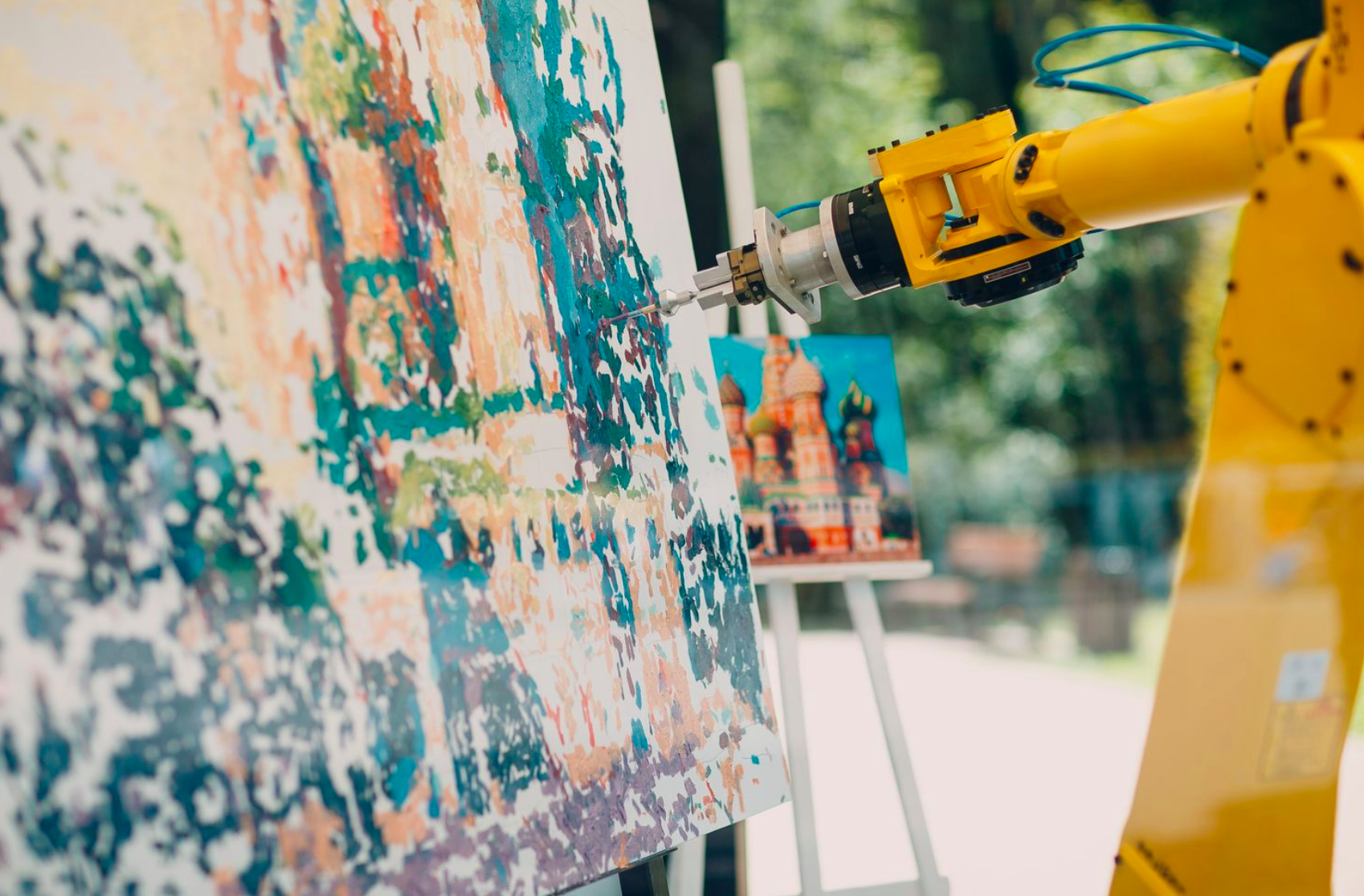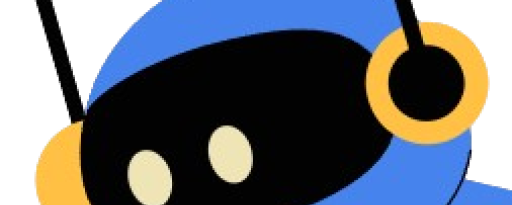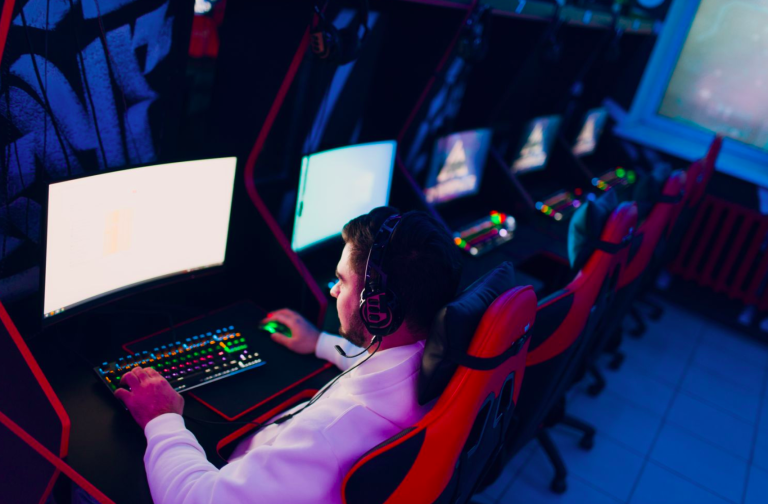
The Impact of AI on Human Creativity
As artificial intelligence (AI) continues to evolve and permeate various aspects of our lives, its influence on human creativity has become a topic of significant interest and debate. While some argue that AI stifles creativity, others believe it enhances human potential, offering new opportunities for innovation and expression. In this article, we’ll explore the multifaceted impact of AI on human creativity, examining both the challenges and opportunities it presents, supported by relevant statistics and examples.
Understanding the Basics of AI and Creativity
Before delving into the impact of AI on creativity, it’s essential to understand what these terms mean. AI refers to computer systems or machines that simulate human intelligence processes, including learning, reasoning, and self-correction. Creativity, on the other hand, involves the ability to generate novel and valuable ideas, solutions, or artistic expressions.
The Role of AI in Creative Industries
AI has made substantial inroads into creative industries such as art, music, writing, and design. Tools like DeepArt, which transforms photos into artwork using neural networks, or OpenAI’s GPT-3, capable of generating human-like text, are revolutionizing how creators work. These technologies enable artists and writers to push boundaries by automating routine tasks, generating new ideas, and experimenting with different styles.
AI as a Catalyst for Creativity
AI can serve as a powerful catalyst for creativity, offering numerous benefits to human creators. Here are some ways AI is enhancing creativity:
Enhancing Efficiency and Productivity
AI tools can help creators streamline their workflows, allowing them to focus on the core aspects of their work. For instance, Adobe’s Sensei uses AI to automate mundane tasks like image tagging and background removal, freeing up time for designers to concentrate on more creative elements. According to a 2019 Adobe survey, 74% of creative professionals reported that AI improved their productivity.
Facilitating New Forms of Art and Expression
AI algorithms can generate unique artistic styles and compositions that humans might not conceive independently. Google’s DeepDream, for example, applies complex neural networks to create dream-like images that often surprise and inspire human artists. By collaborating with AI, artists can explore uncharted territories and develop innovative forms of expression.
Augmenting Human Capabilities
AI’s ability to process vast amounts of data quickly allows creators to gain insights and inspiration from diverse sources. For instance, musicians can use AI to analyze audio patterns from different genres, helping them craft original pieces that blend various musical elements. This augmentation of human capabilities can lead to groundbreaking creative achievements.
Challenges and Concerns
Despite its potential benefits, AI also poses challenges to human creativity. Here are some concerns:
Over-Reliance on AI
As AI tools become more sophisticated, there is a risk that creators may become overly dependent on them, leading to a decline in original thinking. The temptation to rely on AI-generated solutions can stifle creativity, as creators may become less inclined to explore their ideas and take creative risks.
Loss of Human Touch
Creativity is inherently human, involving emotions, intuition, and personal experiences. While AI can mimic certain creative processes, it lacks the depth of human emotion and the ability to infuse work with personal meaning. There is a concern that AI-generated content may lack the authenticity and emotional resonance of human-created works.
Ethical and Copyright Issues
The rise of AI-generated content also raises ethical and legal questions. Who owns the rights to AI-generated art or music? How do we ensure that AI-created works are not used to infringe on human creators’ rights? These questions highlight the need for clear guidelines and regulations as AI continues to impact creative industries.
Striking a Balance: Human-AI Collaboration
To harness the positive potential of AI while addressing its challenges, a balance must be struck between human and machine creativity. Here are some actionable tips for fostering successful human-AI collaboration:
Embrace AI as a Tool, Not a Replacement
Creators should view AI as a tool that complements their skills rather than a replacement. By leveraging AI’s capabilities to handle repetitive tasks and generate new ideas, creators can focus on refining and personalizing their work.
Continuously Develop Human Skills
To maintain a competitive edge, creators should continue to hone their skills and nurture their creativity. Engaging in activities that stimulate creative thinking, such as brainstorming, collaboration, and experimentation, can help creators stay innovative in an AI-driven world.
Set Clear Ethical Guidelines
Establishing ethical guidelines for the use of AI in creative processes is crucial. Creators and organizations should consider issues such as transparency, accountability, and fair attribution when integrating AI into their workflows. This ensures that AI is used responsibly and ethically.
Conclusion: The Future of Creativity in an AI-Driven World
The impact of AI on human creativity is complex and multifaceted, offering both challenges and opportunities. While AI has the potential to enhance creativity by increasing efficiency, facilitating new forms of expression, and augmenting human capabilities, it also raises concerns about over-reliance, loss of human touch, and ethical issues.
By embracing AI as a collaborative tool and setting clear guidelines, creators can leverage its strengths while preserving the uniquely human aspects of creativity. As we move forward, the interplay between AI and human creativity will continue to evolve, shaping the future of artistic expression and innovation.
Ultimately, the key lies in finding a harmonious balance that allows AI and human creativity to coexist and thrive, paving the way for unprecedented creative possibilities.

